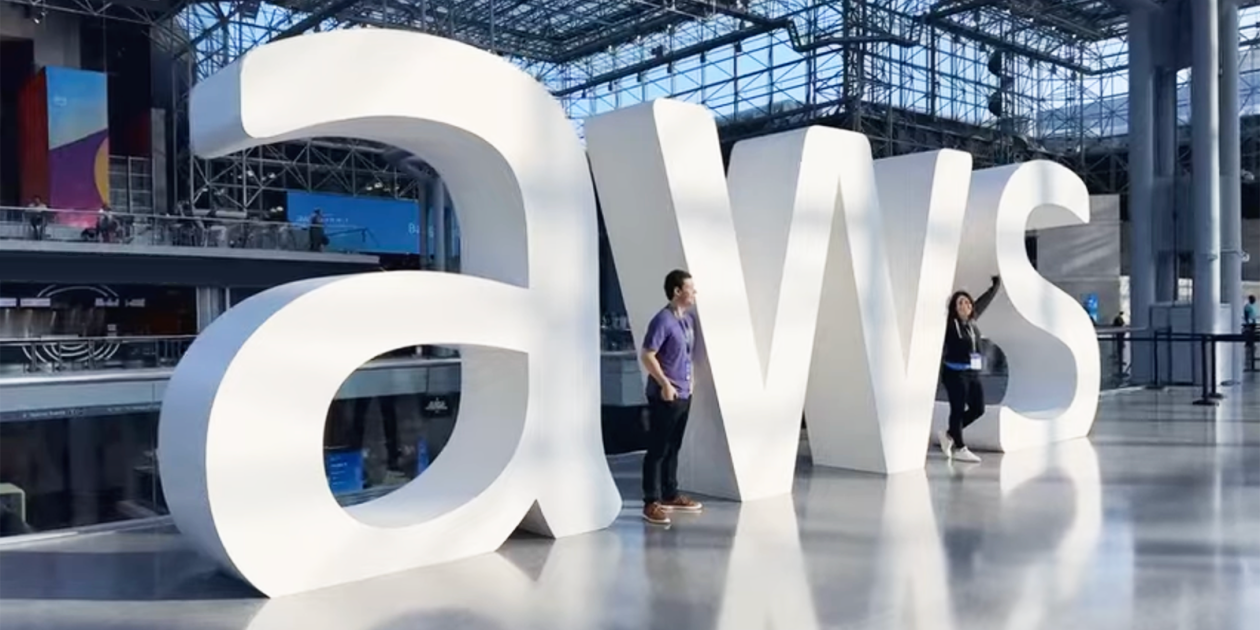[ad_1]
The AWS Summit in New York City took place Wed., July 10, 2024, where Dr. Matt Wood, VP for AI Products at AWS, provided the day’s keynote on how to harness data as a strategic asset for secure, responsible AI development. See below for a roundup of the biggest announcements from the event.
(This post was last updated: 4:43 p.m. EDT, July 11, 2024.)
AWS announcements from July 10, 2024
Introducing Amazon Q Developer in SageMaker Studio to streamline ML workflows
Streamline your ML workflows with this generative AI assistant providing tailored guidance, code generation, and error troubleshooting, to build, train, and deploy models efficiently.
Knowledge Bases for Amazon Bedrock now supports additional data connectors (in preview)
Enhance company knowledge bases with new Amazon Bedrock connectors for Confluence, Salesforce, SharePoint, and web domains – empowering RAG models with contextual data for more accurate and relevant responses.
Guardrails for Amazon Bedrock can now detect hallucinations and safeguard apps built using custom or third-party FMs
Guardrails for Amazon Bedrock adds hallucination detection and an independent API to fortify generative AI applications with customized guardrails across any model, ensuring responsible and trustworthy outputs.
Agents for Amazon Bedrock now support memory retention and code interpretation (preview)
Agents for Amazon Bedrock now offer Memory to retain user context and Code Interpreter to dynamically execute code snippets—whether for data analysis, visualization, or complex problem-solving.
Customize Amazon Q Developer (in your IDE) with your private code base
Unlock hyper-relevant code suggestions tailored to your codebase; enhance productivity with Amazon Q Developer’s private customization while maintaining robust data privacy and security standards.
Amazon Q Apps, now generally available, enables users to build their own generative AI apps
Craft generative AI apps from conversations using natural language and approved data sources. Customize securely shared apps, specifying data sources per card and new APIs for programmatic app management.
Build enterprise-grade applications with natural language using AWS App Studio (preview)
Effortlessly build apps with AI-powered low-code tools, enabling organizations to create secure custom apps in minutes without dev teams – streamlining processes like claims, inventory, and approvals.
Vector search for Amazon MemoryDB is now generally available
Store, index, retrieve, and search vectors with in-memory performance for use cases like retrieval augmentation, semantic caching, and anomaly detection through single-digit millisecond queries.
AWS announcements from July 9, 2024
Integrate your data and collaborate using data preparation in AWS Glue Studio
With AWS Glue’s new visual interface, data teams can collaboratively build ETL pipelines, bridging the gap between analysts and engineers through an intuitive, shareable canvas.
Announcing increased Amazon FSx capabilities
Amazon FSx for NetApp ONTAP next-generation file systems now provide scaling performance up to 18x times higher to support more file-based workloads such as electronic design automation (EDA), visual effects (VFX) rendering, machine learning training pipelines, and petabyte-scale databases. Next-gen file systems can be created or expanded with up to 12 pairs of highly available file servers, delivering 50% higher baseline throughput and up to 300% higher network burst throughput than previous generations. This provides up to 72 GB/s of total throughput and up to 1 PiB of provisioned SSD storage.
Quickly access shared data using the NVMe-over-TCP protocol as a modernized, simplified, and faster alternative to iSCSI block storage, and gain the ability to read data from a volume while it is being restored from backup for access to data within minutes of initiating a restore.
In addition, Amazon FSx for OpenZFS announced a highly available Single-AZ deployment option offering high availability and consistent sub-millisecond latencies for workloads that can benefit from high availability but do not require multi-zone resiliency.
[ad_2]
Source link




